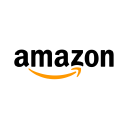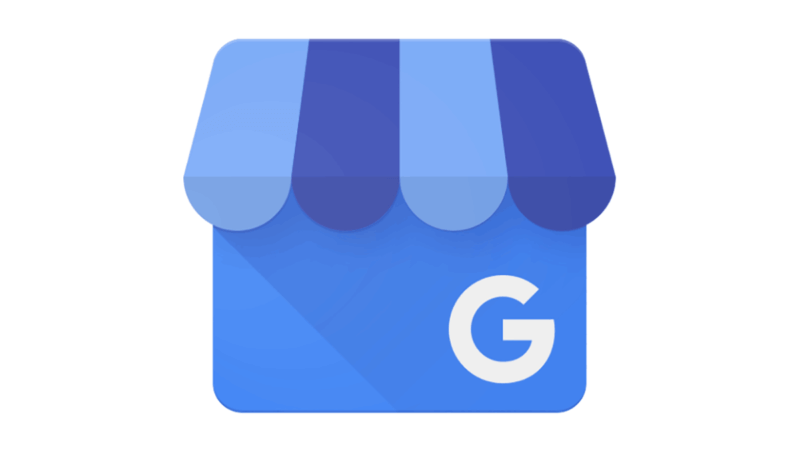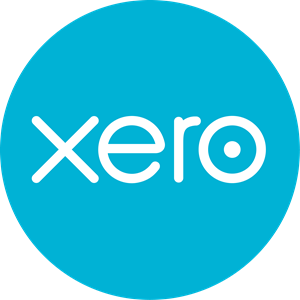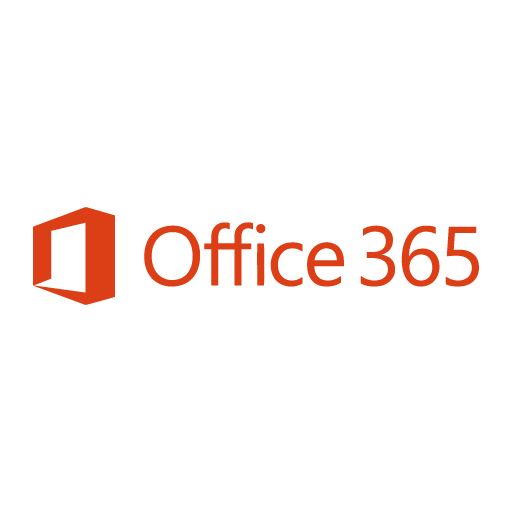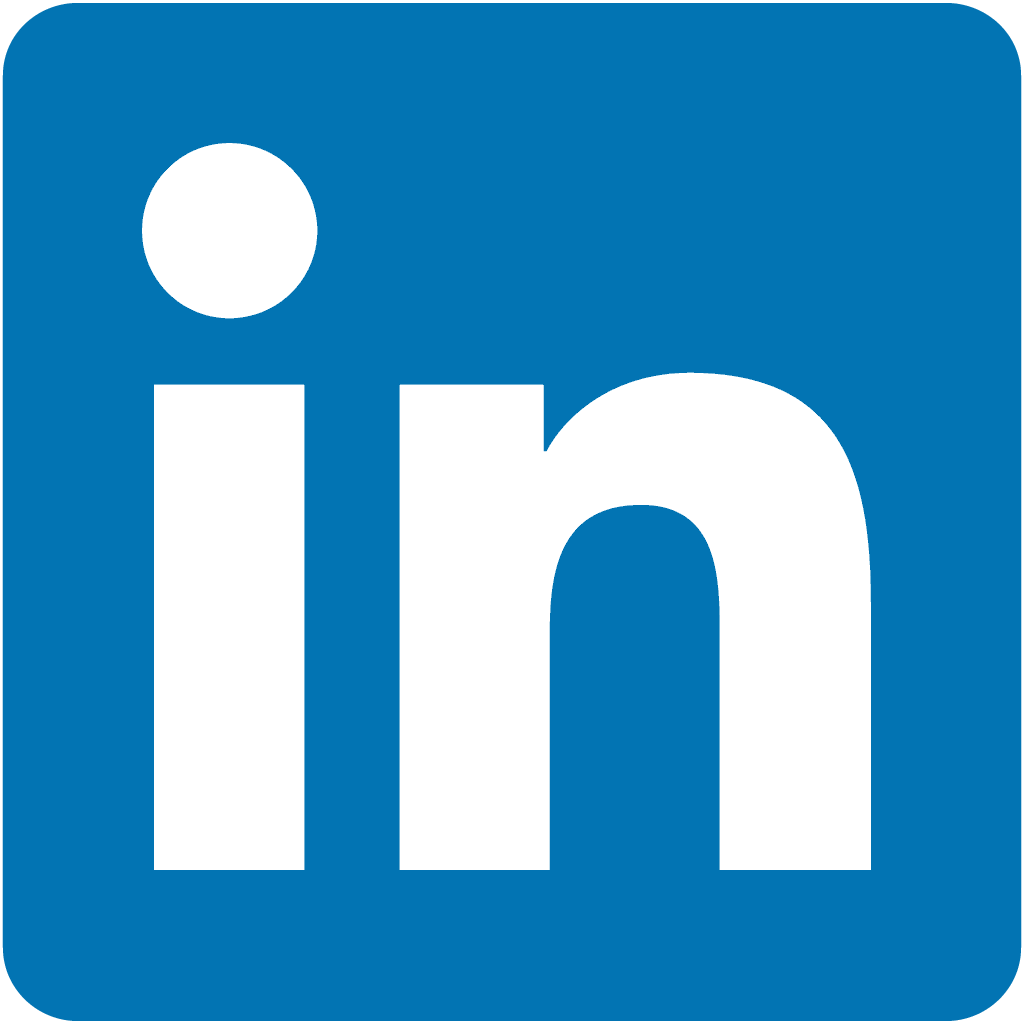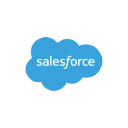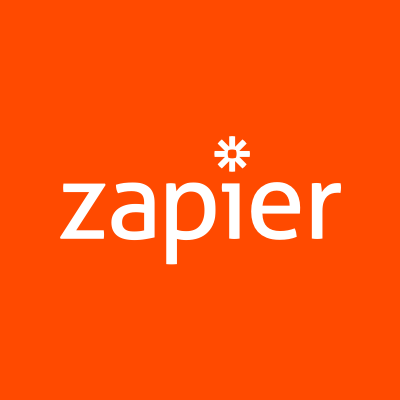How We Transformed an Internal Tool Into a $3.8M/Year SaaS Company
Hello! Who are you and what business did you start?
Hello, I’m Zandra Moore, CEO and co-founder of Panintelligence. More than 500 SaaS companies use our data analytics platform to provide better in-app customer insights to their users, including real-time visual insights, distributed insights like alerts and notifications, and AI-enabled predictive insights to help people understand what is likely to happen to their business, customers or markets in the future.
We are headquartered in the UK and work with SaaS vendors worldwide, primarily in the fintech, retail, education, and healthcare sectors. We opened an office in Boston, Massachusetts, in January 2023, and half of our new customers have come from the US since then.
We have 40 people and ended 2023 on $3.8m with over 400 SaaS customers globally.

The biggest thing I’ve learned in the last few years is being brave enough to be super-niche and being focused on being a specialist. That works because people start to talk about you and refer you more.
What's your backstory and how did you come up with the idea?
I’ve spent my whole career in software, starting in sales before setting up a consultancy to help early-stage SaaS software businesses with their go-to-market activities. I met Ken Miller, my Panintelligence co-founder, through that. He’d built an analytics platform in-house for a fintech software company.
We recognized that the same platform could be customized for other software companies and give them the ability to offer best-in-class analytics, so we seized an opportunity to spin that out as a startup.
I had worked with software and SaaS for 15 years and seen a common problem. Cloud SaaS platforms were great at collecting data, but users were frustrated as they couldn't get access to it easily. Software development teams are fantastic at app development, but they are not data teams and often lack the experience and skills to build data insights engines into their products.
So it was an obvious space where we could add value.
Ken and I bought the IP with the help of some seed investors in 2014 and carried a server across a car park to an empty office to launch Panintelligence. The IP was built within a FinTech called PanCredit which was about to be acquired.
Panintelligence was a loss-making product, and we asked the board if we could buy the IP and had it valued by Baker Tilly. It was a relatively straightforward process separating the business we TUPED out 6 people and squatted in a temporary space in the same office park. Setting up the new co was much harder the bank account took 3 months, and building all the operational systems from the ground up while still running a trading entity, finance, CRM, phone systems, email etc.
The idea for Panintelligence is simple. Almost every SaaS platform wants to enable its users to generate powerful data insights through bespoke analytics, visualizations, and AI-based predictions. But offering those means expensive and complex development work that SaaS companies struggle to prioritize or lack the specialist skills to develop in-house.
PanIntelligence solves this problem with a zero-code, low-cost, white-label plug-in called Pi. This embeds market-leading data analytics, dashboards, and reports into the heart of SaaS applications with off-the-shelf convenience and pricing and helps millions of people make better use of their data, every day, whatever their level of technical expertise.
Ken built the first version of the platform on Flash. When we launched Panintelligence as a standalone startup in 2014, we immediately rebuilt it as an HTML product that SaaS companies could configure to the needs of their own infrastructure, data structures, and security protocols.
We offered this for software providers to download and integrate into their platforms for several years. Following our Series A funding in 2019, we embarked on our next major product upgrade and turned Pi into a cloud-based SaaS-for-SaaS analytics platform that other SaaS vendors could install and maintain through a simple, zero coding integration.
Take us through the process of building the first version of your product.
Although it isn’t the most conventional startup route, building a software product in-house was a terrific start in life for Panintelligence. Ken was intimately acquainted with the challenges and requirements of our first customer because he worked there, and he was able to build the first version of the platform with those in mind. The parent company that wanted that functionality absorbed the product development costs.
When we were looking to spin the company out, it was easier to raise seed investment because we already had a paying customer and product well beyond the MVP stage. We were able to tap into my network of software company product leaders and CEOs to understand how the product needed to evolve to satisfy a broader range of customers.
We raised £600K, which helped us buy the IP and gave us a cashflow buffer. We only had about £200K of revenue at the time, much of which was in consultancy services and not recurring. The IP cost us £150K.
Our roadmap is driven by what SaaS vendors require, and these requirements tend to be focused on a few areas – the underlying requirements for SaaS vendors in each vertical remain the same:
1) Integration with their platform, such as embedding, authentication, and data connectivity.
2) Self Service - Styling, dashboard and report building, scheduling, model building.
3) Data security - Multi tenancy, role-based security, auditing, data governance, etc.
All these things apply irrespective of the sector. So it is a truly sector-agnostic solution.

Find your tribe. As an entrepreneur, you cannot get into those communities soon enough because that’s your fastest way of learning what works and how to keep ahead of certain trends and patterns.
Describe the process of launching the business.
We knew we needed to rebuild some of our legacy technology when we spun out, but we benefited massively from being incubated originally.
When we launched Panintelligence as a standalone startup, we already had a product, team members who came with us, and traction in terms of customers, revenue, and pipeline.
I was hired as a consultant through my SaaS Sales consultancy Salescake to identify target customers and build a pipeline outside of banking. I literally bought data from D&B, worked through lists, and reached out to my network. It was the hard yards of personalised letters and telephone calls and leaning on existing relationships that one us our first customers, such as Fiat, Communisis, AI Worldwide, Kirona, and Access Group.
We did have to unpick ourselves from things like our previous accounting and CRM, but we started with many mature processes and principles that we could build on. We had some initial investment and revenue and knew we could reach the break-even point relatively quickly.
Since launch, what has worked to attract and retain customers?
People buy people, especially when you are small, and we leaned into that. We knew we solved a clear and present problem for our customers, and we worked our networks to create a community of customers that bought into the vision of what we were doing and our ability to deliver value. Those early customers helped shape and refine our product as we rebuilt it.
After that, we worked very hard on finding our ideal customer profile and focusing on that. We knew we’d win if we worked with winning customers, so we focused on those with a certain amount of funding and customer validation, who were perceived as leading brands and disruptors in their markets.
Getting that ideal customer profile right and tight meant we could grow organically and efficiently, and invest in those relationships, and mitigate churn.
SaaS vendors are an easy ICP to identify. Tools like Crunchbase give us the information we need on stage, funding, sector, etc. We used Zoom info to identify SaaS vendors with the intent to buy embedded analytics they filtered the ICP criteria by revenue, funding, and employees to ensure we were targeting the best fit ICP for us: A SaaS venture with at least £1m ARR with 20+ employees and with Series A investment in FinTech, EdTech, Retail, and Health.
Additionally, our customers are our most significant source of referrals. They recommend us to their peers because they know we are perfect for businesses like them.
As we’ve grown, we’ve narrowed our ideal customer profile further but broadened our territory to serve a global market. We raised money in 2019 to transition the business to the multi-tenanted SaaS subscription product required to serve that global market.
We are 70% outbound and 30% inbound. The strategies that have worked best for us in terms of client acquisition are: Direct SaaS sales motion. Top-of-funnel digital and email marketing campaigns sector-focused using content focused on key personas in sectors. Paid Ads on LinkedIn, automated email and social campaigns, etc.
Also, an SDR team with intent data filtered through our ICP criteria, cold calling, and following up on marketing intent. The key is investing in data and productivity tools in the SDR team that ensure they spend most of their time calling the right people.

How are you doing today, and what does the future look like?
We serve more than 500 customers globally now. Demand for our cloud-based SaaS offering is growing at 60%, more than 75% of our revenues is from SaaS companies, and half of the new customers we’ve won this year are from the US. We’ll do more than £3m of revenue in 2023, and 97% of that now comes from monthly recurring revenues.
The future is SaaS, and the future is global. The more niche we get, the more successful we become because our customers are brilliant at recommending us to companies like them.

Through starting the business, have you learned anything particularly helpful or advantageous?
Every day is a learning day! I think the biggest thing I’ve learned in the last few years is being brave enough to be super-niche and being focused on being a specialist. That works because people start to talk about you and refer you more.
Then there’s location. There was a lot of talk pre-COVID that we would need to physically be in each market we serve. That’s not true in today’s new economy. We’ve managed to expand globally and serve our customers from just two locations in the UK and US.
The other thing is team. Your team doesn’t always come on the journey with you, and the hard part of being a leader is knowing when you need to bring in new talent to take the business to that next stage of growth. I think that’s something we’re still learning as we scale and grow. Stage-appropriate people are key. Who are the people you need to reach that next stage so you can lean into that growth confidently?
What platform/tools do you use for your business?
We’ve got a great marketing and sales stack that gives us great operational efficiency. We use Salesforce for CRM, and there are tools we wrap around that give us extra agility and the ability to be obsessive about our ideal customer profile.
They include ZoomInfo for intent data, so we can see the people looking for what we do, Apollo enriches that data, helps us see if people fit our customer profile, and enables our sales teams to reach out in timely ways through multiple channels to engage them. We also use Dripify, which is a LinkedIn tool, and Pardot and Instantly for email.
Crunchbase is crucial to us when thinking about our ideal customer. In this current market, we must find SaaS companies that are getting backed. For many SaaS companies, sustainable growth today depends on funding. If they’re not funded, they may not be here tomorrow, and that’s a churn risk. We’re prequalifying prospects in and out of the funnel based on the sustainability of their business.
Operationally, AWS is one of our main strategic partners for infrastructure. We use Zendesk for ticketing, GitHub for deploying containers, Docker for containerization, and Jira for our DevOps.
What have been the most influential books, podcasts, or other resources?
So, I love Nathan Latka because he is the voice of the SaaS industry. His podcasts give me a window into the mind of our ideal customer. What’s keeping them up at night? Are they obsessing over AI and becoming a data-led organization? Or is it growth or churn or market positioning they’re worried about? We can help with all of that, so it is useful to know where to start when having those conversations.
TechCrunch is a good news feed to see who’s getting money.
And when it comes to books, I love Crossing the Chasm by Geoffrey Moore. My obsession with the ideal customer profile comes from that framework.
Advice for other entrepreneurs who want to get started or are just starting out?
The best advice I can give entrepreneurs is to find your tribe. Being able to talk to other SaaS founders and CEOs is super valuable. For example, I’ve just joined the SaaStock founder community. Yes, that’s our target market, but as a SaaS founder, conversations in those environments help me make decisions regarding strategy or tactics and find new tools or suppliers for Panintelligence.
As an entrepreneur, you cannot get into those communities soon enough because that’s your fastest way of learning what works and how to keep ahead of certain trends and patterns.
Are you looking to hire for certain positions right now?
We are always looking for fresh talent, and people should look at our Careers page for the latest vacancies or to contact our recruiters. We’ve onboarded four people this month into commercial and product roles, and there will be more expansion in our customer success and cloud infrastructure teams in the new year. There’s always a cycle of new hires planned, although the timing of those is contingent on performing against our plan.
Where can we go to learn more?

Download the report and join our email newsletter packed with business ideas and money-making opportunities, backed by real-life case studies.

Download the report and join our email newsletter packed with business ideas and money-making opportunities, backed by real-life case studies.

Download the report and join our email newsletter packed with business ideas and money-making opportunities, backed by real-life case studies.

Download the report and join our email newsletter packed with business ideas and money-making opportunities, backed by real-life case studies.

Download the report and join our email newsletter packed with business ideas and money-making opportunities, backed by real-life case studies.

Download the report and join our email newsletter packed with business ideas and money-making opportunities, backed by real-life case studies.

Download the report and join our email newsletter packed with business ideas and money-making opportunities, backed by real-life case studies.

Download the report and join our email newsletter packed with business ideas and money-making opportunities, backed by real-life case studies.
